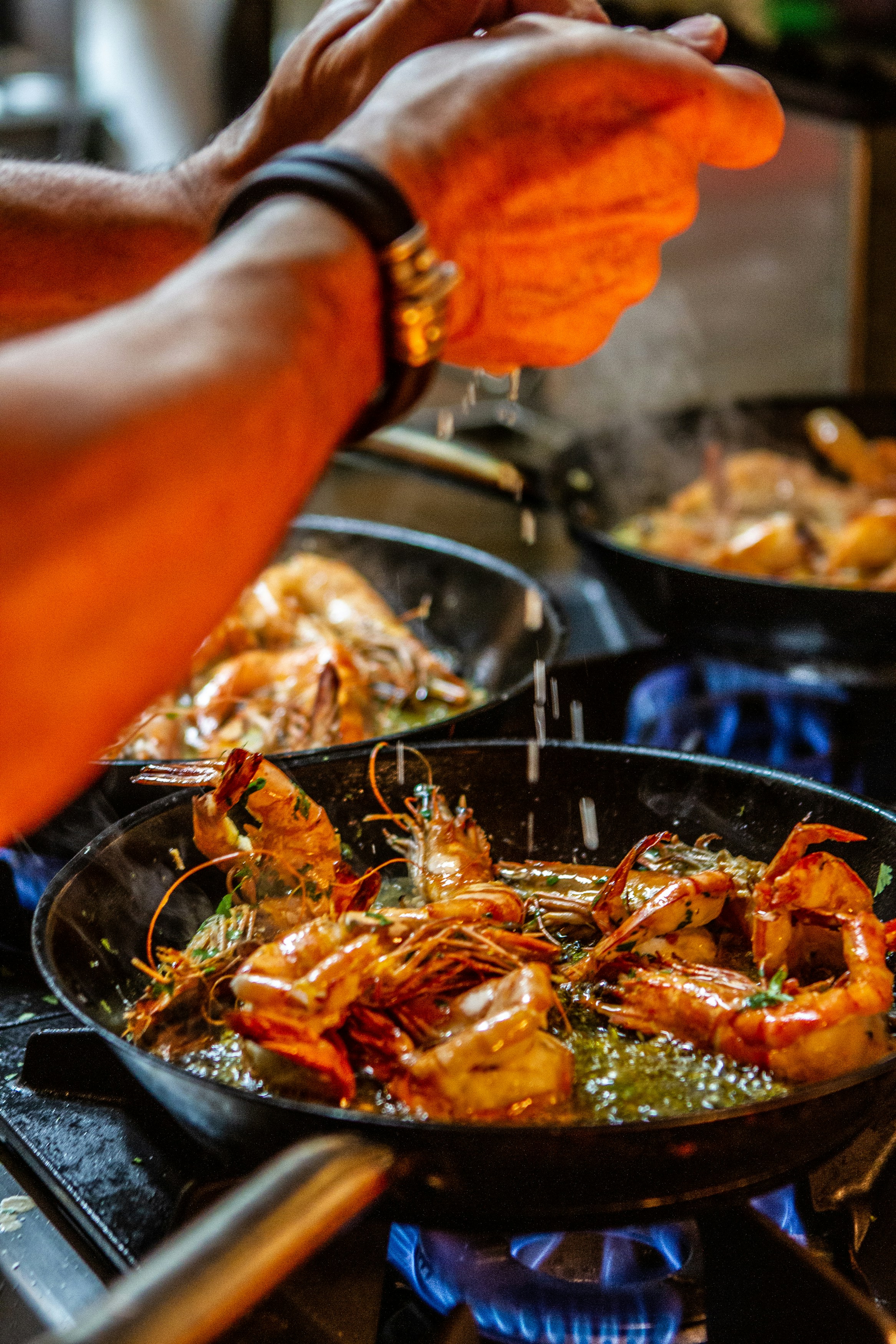
4 minute read
OCEAN’S CATCH: FRESH FLAVORS OF THE MALDIVES
The Maldives is a place where the ocean doesn’t just surround you—it feeds you. In this island nation, where turquoise waves lap against white shores, the sea is more than a postcard view; it’s the heartbeat of a culinary tradition that has sustained communities for centuries and now captivates travelers from around the globe. The Maldives’ sea-to-table dining experience isn’t just about food—it’s a journey into the soul of island life, where every bite tells a story of fishermen, coral reefs, and a deep connection to the water. For visitors stepping off seaplanes or speedboats, the promise of fresh flavors pulled straight from the ocean is a delicious thread woven into the fabric of their tropical escape.
What makes Maldivian cuisine stand out is its simplicity married with the sheer bounty of the sea. Picture a fisherman hauling in a net at dawn, the sun barely peeking over the horizon, as reef fish like snapper and grouper glisten in the morning light. Within hours, those same fish might land on your plate, grilled with a smear of coconut and a sprinkle of chili, or simmered into a fragrant curry that fills the air with warmth. Tuna, known locally as "kandu mas," is the undisputed king here, caught by hand using pole-and-line methods, a sustainable practice passed down through generations. This isn’t factory fishing—it’s personal, almost artisanal, and it’s why the tuna in your mas huni—a shredded mix of fish, coconut, and onion served with flatbread—tastes like it was made just for you.
For tourists, the allure of this ocean-fresh dining is everywhere, from overwater restaurants to sandy-floored guesthouses on local islands. At a high-end resort, you might find a chef plating a ceviche of just-caught trevally, the fish marinated in lime and spiked with a hint of Maldivian spice, all while you sip a cocktail with your toes dangling above the lagoon. But venture to a place like Maafushi or Thulusdhoo, and the experience shifts—here, it’s a family-run kitchen dishing up garudhiya, a clear tuna broth that’s deceptively simple yet packed with umami depth. The beauty lies in how unpretentious it all feels; there’s no need for elaborate garnishes when the ingredients are this pristine. It’s a reminder that in the Maldives, the ocean doesn’t just provide—it defines.
This sea-to-table culture isn’t static, either— it’s evolving with the times. As tourism grows, so does the creativity of those serving up the day’s catch. Take the rise of fusion dishes, where traditional Maldivian recipes meet global flair. Imagine a sushi roll made with yellowfin tuna straight off the boat, paired with a drizzle of coconut cream instead of soy sauce, or a seafood grill where lobster and parrotfish are brushed with a tangy marinade inspired by South Asian neighbors. These innovations aren’t just for show—they’re a response to travelers who crave something familiar yet distinctly Maldivian. Even street vendors are in on it, frying up fish cakes called kulhi boakibaa with bold spices that make your taste buds dance, offering a quick, affordable taste of the sea for those exploring beyond the resorts.
Beyond the flavors, there’s a story of resilience in every dish. The Maldives sits in the middle of the Indian Ocean, far from major trade routes, so its people have always relied on what’s beneath the waves. Fishing isn’t just a job here—it’s a way of life, etched into the rhythm of the islands. Today, that tradition meets tourism in a delicate balance. Resorts and guesthouses work with local fishermen to keep supply chains short, ensuring that what you eat was swimming that morning. It’s a system that supports small communities while giving visitors an authentic taste of the place. But it’s not without challenges—overfishing and climate change loom large, threatening the reefs and fish stocks that make this cuisine possible. Some operators are stepping up, promoting sustainable catches and educating guests about the fragility of the ecosystem they’re savoring.
The Maldives’ fresh flavors are a gift from its waters, a culinary thread that ties together past and present, locals and visitors. It’s not about Michelin stars or complicated recipes—it’s about the purity of what the ocean offers, served with a side of island hospitality. Whether you’re dining in a thatched hut or a glass-floored villa, the message is the same: this is food that’s alive with the spirit of the Maldives. So next time you sit down to a plate of reef fish or a spoonful of tuna curry, take a moment to taste the story—the fisherman’s early morning, the boat rocking on the waves, the hands that brought it all to you. In the Maldives, the ocean’s catch isn’t just a meal—it’s a celebration of where you are.






